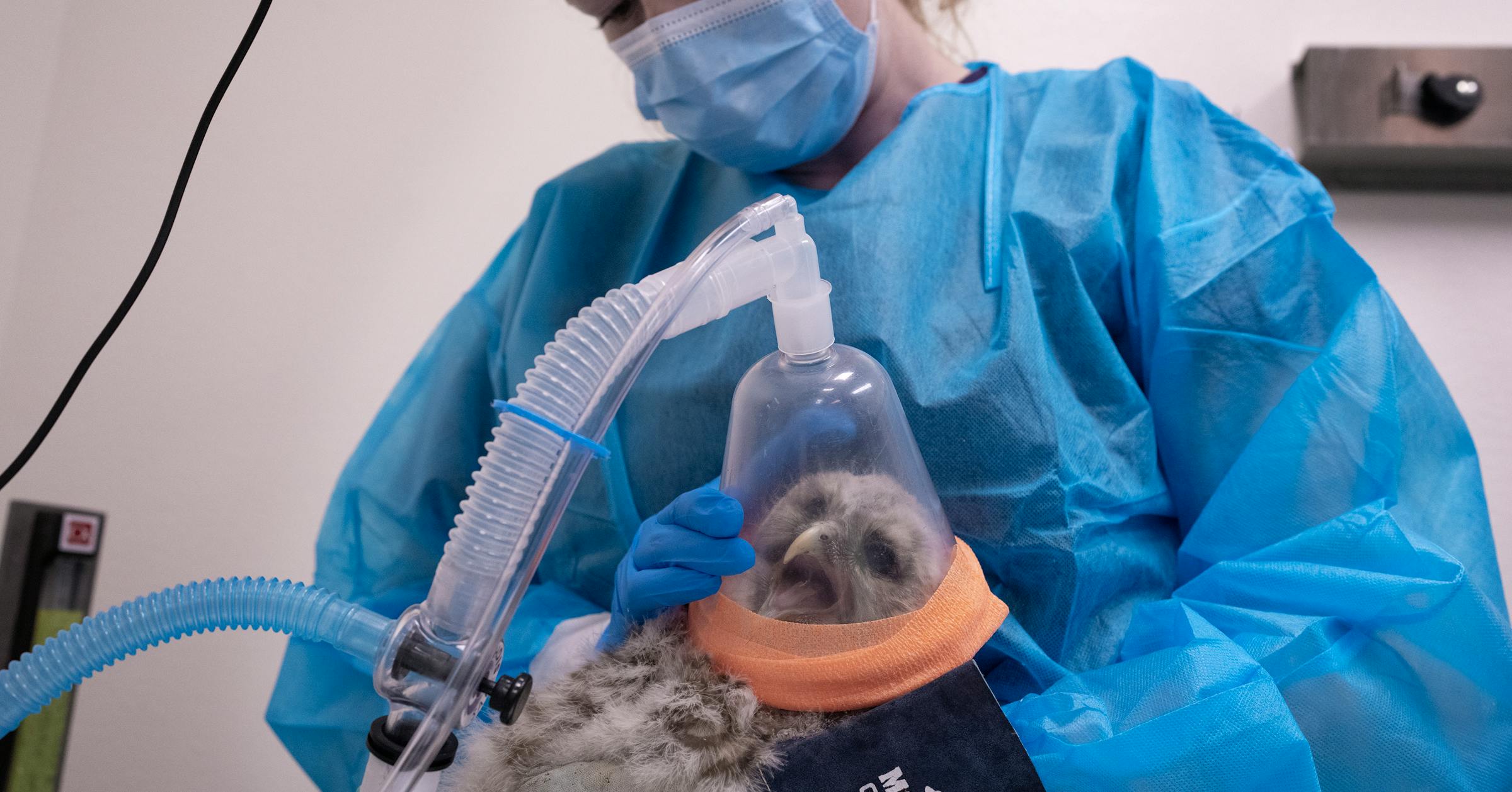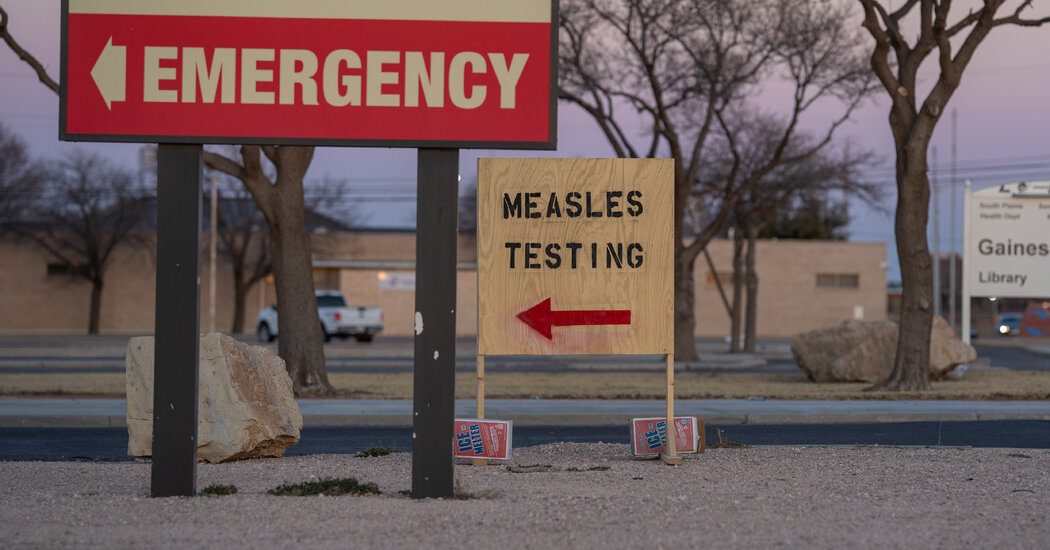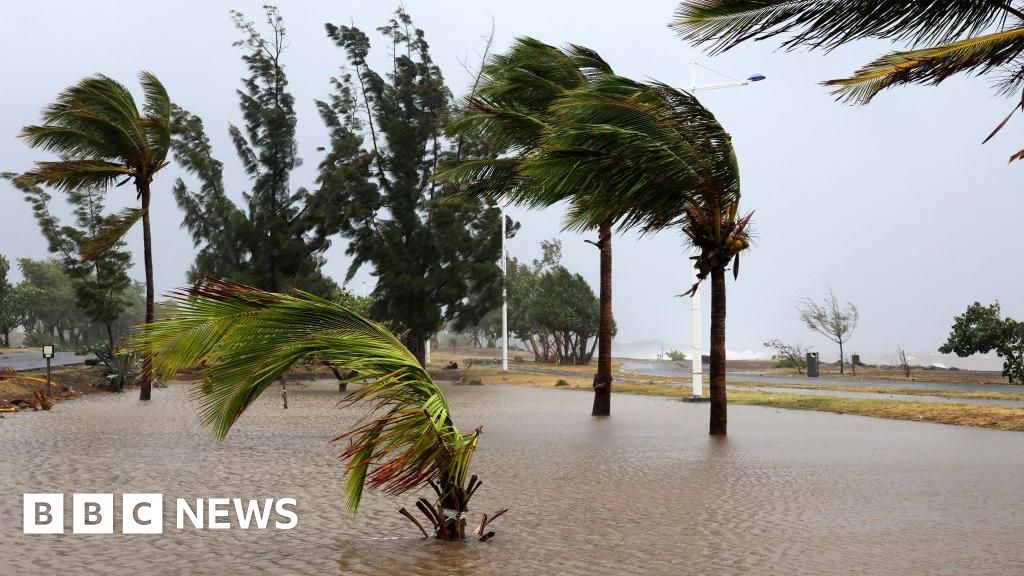
A Canada Goose is seen amidst fresh snow at Valley Lake Park in Lakeville last March. (Glen Stubbe/The Minnesota Star Tribune)
According to Franzen-Klein, waterfowl and shorebirds exhibit a higher resilience to the virus compared to raptors and other scavenging birds, often carrying the virus without displaying any symptoms.
When significant numbers of waterfowl succumb to the virus, it typically indicates the emergence of a new mutation that poses greater risks to its hosts, she explained.
Raptors generally become ill by consuming or scavenging the infected carcasses of ducks and geese.
Though the virus has led to declines in some smaller populations of eagles and owls in specific regions, raptor populations across Minnesota appear to remain stable, noted Seth Goreham, a wildlife research manager for the Minnesota Department of Natural Resources.
“Since 2022, we’ve heard reports of bald eagles being affected, particularly in the Lake Michigan region where their populations may have decreased. However, in Minnesota, no significant population drops have been observed,” said Goreham.
Efforts to monitor and track bird flu have primarily focused on poultry and livestock. Since 2022, the outbreak has resulted in the deaths or culling of approximately 150 million domestic birds, with over 9 million casualties recorded in Minnesota. Additionally, the U.S. Department of Agriculture has compensated turkey and chicken farmers more than $2 billion for their losses.









